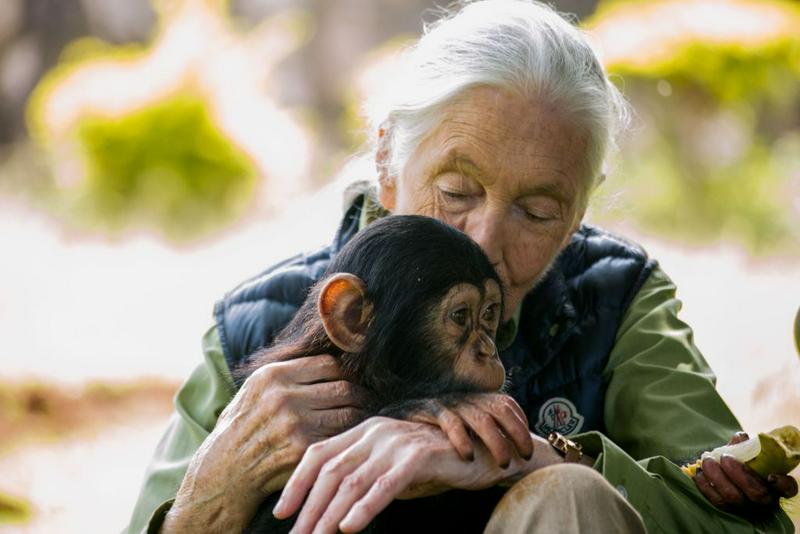Jane Goodall: The Famous Anthropologist/Primatologist’s Journey
By | March 31, 2021

Renowned primatologist Jane Goodall turned her love of animals into a career that changes the way humanity looks at primates and made her a household name. The tiny woman with a big sense of adventure came from a proper British family but gave up the creature comforts of home to spend decades in the jungles of Africa.
Becoming Jane
When Jane Goodall was born in London on April 3, 1934, she was named Valerie Jane Morris-Goodall, but she always went by Jane. Her parents, businessman Mortimer Herbert Morris-Goodall and novelist Margaret Myfanwe Joseph, gave their daughter everything she could have wanted, including a fondness for chimpanzees. In lieu of a teddy bear, Mr. Morris-Goodall decided to give the young Jane a toy chimpanzee, which she treasured and named Jubilee. As an adult, she credited Jubilee with initially inspiring her to study animals. She still keeps Jubilee on her dresser at home.
When she was just 23 years old, Goodall jumped at the chance to visit a farm in the Kenyan highlands that was owned by a family friend. In Africa, Goodall took a job as a secretary, but a friend who recognized Goodall's intense interest in African animals urged her to reach out to Louis Leakey, a celebrated archaeologist and paleontologist famous for unearthing skeletal remains of early hominids on the continent. Goodall only hoped for a nice chat with Leakey, so she was surprised when he offered her a job as his secretary, with plans for her to eventually research chimpanzees.
At the time, Goodall didn't even have a college degree. What she did have—and what Leakey recognized—was an obvious passion for and natural connection with primates that can't be taught. Leakey sent her back to England to learn her trade from a pair of noted primate experts, and two years later, she returned to Africa to observe chimpanzees in the wild at Gombe Stream National Park in what is now Tanzania. Leaky and his wife eventually paid for her bachelor's degree, which she earned in 1962 before presenting her doctoral thesis, based on her observations at Gombe Stream, in 1965.

Jane And Her Tarzans
When the 26-year-old Goodall arrived at the park in 1960, she was accompanied by her mother, Margaret. Gombe Stream's head warden believed her to be too naïve to run around unchaperoned and feared for her safety, so he forbid the young woman from studying alone.
It turned out, of course, to be unnecessary. Goodall was a consummate professional, observing the same band of chimpanzees for several years and making careful notes on their behaviors. She observed that each animal had a distinct personality, expressed affection with hugs and kisses, displayed human-like emotions, and formed social and familial relationships similar to the ones we do. This was a revolutionary notion for the time. It was also thought at the time that only humans had the ability to create tools, but Goodall observed chimpanzees selecting stalks of grass and using them to "fish" for termites by inserting them into the insects' mounds. This also disproved the long-held belief that chimpanzees were vegetarians.
Unfortunately, she also disproved the belief that humans were the only species that fights wars. In 1974, she noted that a community of chimpanzees had divided into two groups that became bitter enemies and fought each other over a four-year period Goodall called the Gombe Chimpanzee War. The winner of the war killed every adult male member of the other group, one by one, assimilating its female members. It shook Goodall's belief that chimpanzees were, "for the most part, nicer than human beings," but it also knocked one more block out of the Jenga tower of human exceptionalism.

Goodall's Goodness
Jane Goodall remains committed to protecting the chimpanzees and other African animals. She founded the Jane Goodall Institute in 1977 to support ongoing research at Gombe Stream National Park and provide protection for declining chimpanzee population. She has written numerous books and articles on the subject, toured the world giving lectures and presentations, and raised money for conservation and education efforts. Well into her golden years, she shows no sign of slowing down.

